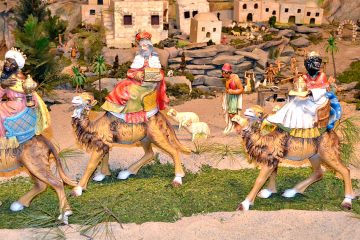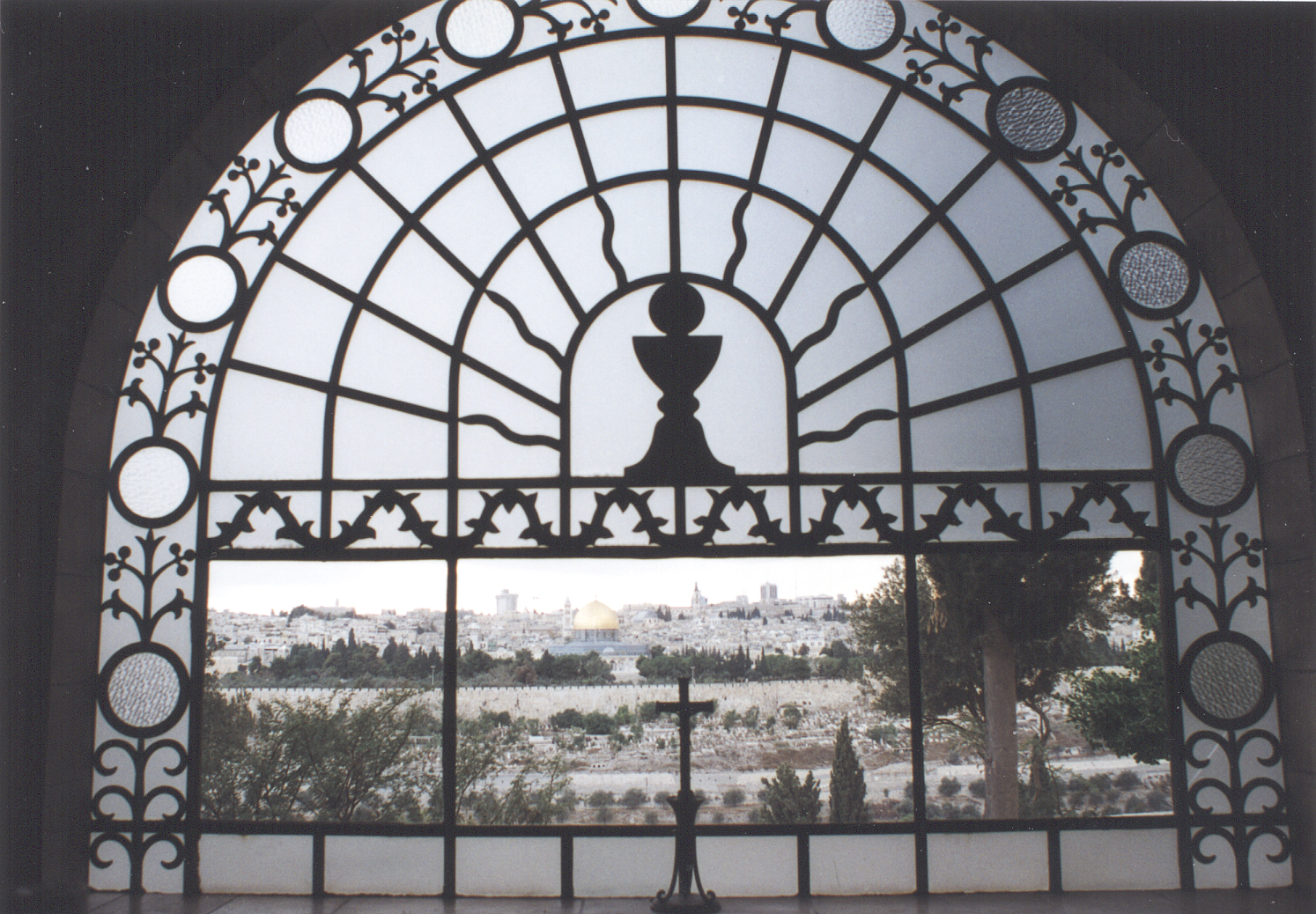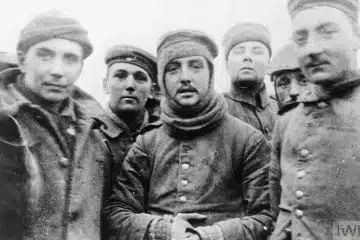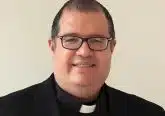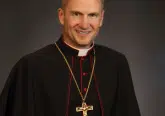The Incarnational Politics of Pope Leo XIV

Over the first several weeks of his pontificate, Pope Leo XIV has staked out a deliberate perimeter of emphases that appears to encompass the dominant theme of his pontificate. The first stake in the ground was the choice of his name. Beginning with Pope St. Leo I—also known as Leo the Great—Leo XIV has taken the name of some of the most noteworthy popes in Church history. Leo I is noted for two monumental achievements that altered the course of theology and history, and Leo XIII established the discipline of Catholic Social Doctrine (CSD). Both the first and thirteenth Pope Leos can be seen as something of a paradigm of the projected papacy of Leo XIV.
Leo I served as pope for 21 years, from 440 until his death in 461. Two events characterized his papacy.
The first is a landmark treatise about the nature of Jesus Christ, known as the Tome of Leo. Written in 449, this letter became the foundation for the doctrine of the two natures of Christ as articulated in the Council of Chalcedon (451). Leo’s Tome was adopted by the council as the definitive declaration that Jesus is both fully divine and fully human, united in one person. We now call this the “hypostatic union,” from a Greek compound word meaning to “lie under.” Jesus’ two natures do not merely exist side-by-side, nor are they simply “commingled.” Rather, the divine and human natures are mysteriously united in the one person of Jesus Christ. Christ is two natures—divine and human—united under one person, Jesus of Nazareth.
The doctrine of the hypostatic union extends beyond the arcane theological teaching of the person of Jesus. It has implications for the very foundation of society, culture, and even politics. By uniting the divine logos and incarnate human in one person, Jesus shows us that we cannot make a sharp distinction between the sacred and the secular, as though the two are opposed to one another. By uniting the two natures, Jesus tells us that every part of our secular human existence is informed by the sacred presence of Christ in the world. Notwithstanding one of the dogmas of American politics, there is no “separation between Church and State.” The hypostatic union of the sacred and the secular in the person of Jesus tells us that all things “lie under” God’s sovereignty.
This leads to the second of Pope Leo I’s greatest achievements. In 452, Attila the Hun invaded Italy and began his march toward Rome. In response, Pope Leo sent a team of envoys to confront Attila, to persuade him to cease his march and withdrawal from Italy. While we do not know the details of Leo’s message to Attila, historians are united in their conclusion that Attila’s retreat came as a direct result of Leo’s peaceful intervention. Leo’s Tome and this diplomatic success are not unrelated. His understanding of the fullness of Christ’s redeeming lordship—including over politics and statesmen—informed his embassy to Attila. This demonstrates that all things fall under the ultimate authority of the Church, whose head is Christ.
Fourteen hundred years later, Pope Leo XIII reiterated the necessary union between the sacred and the secular in his landmark 1891 encyclical Rerum Novarum, which initiated the discrete discipline of Catholic Social Doctrine. Observing the moral, economic, and social cost of the Industrial Revolution, Leo XIII turned the Church’s intellectual and historical resources to immediate questions of the proper order of political and economic life. The Church’s concern is not limited to the spiritual needs of the human person, but also his or her material needs. The redemption of all things under Christ is the mandate for the Church to address the sacred and the profane.
Pope Leo XIV has articulated his understanding of this mandate in two statements from the first weeks of his papacy.
On June 17, the pope spoke at the Vatican’s second annual Conference on Artificial Intelligence, Ethics, and Corporate Governance. As Leo XIII saw the urgency of applying Catholic moral teaching to the moral predicaments brought by the Industrial Revolution, so his successor sees the necessity of addressing similar crises incumbent with the digital revolution, especially the breathtaking acceleration of the role of artificial intelligence (AI) technology. “[T]he rapid development of AI also raises deeper questions concerning the proper use of such technology in generating a more authentically just and human global society,” Leo XIV said. While it has wonderful potential for good, he continued, “there is likewise the possibility of its misuse for selfish gain at the expense of others, or worse, to foment conflict and aggression.”
On June 21, Pope Leo XIV addressed a council of international parliamentarians, as part of the Jubilee of Governments. There, the pope declared that politics is “the highest form of charity,” and urged lawmakers to consider all questions under the rubric of the common good. This was the first of three points in his speech. The second was an encouragement to promote civil interreligious dialogue. “Belief in God,” Leo XIV declared, “is an immense source of goodness and truth for the lives of individuals and communities,” whose fundamental law should be charity. Third, the pope invoked natural law as the transcendent principle of all politics. Invoking both the pagan statesmen-philosopher Cicero and the great Christian statesman St. Thomas More, Pope Leo XIV emphasized common points of reference that may serve as the foundation for hopeful, peaceful, and cooperative international politics.
The vision of these three Leos is united by the common thread of incarnational politics. We cannot understand Christ apart from a clear articulation of his two natures. Moreover, we cannot understand politics and culture apart from the Christ who redeems—and stands sovereign over—all good things.
 Dr. Kenneth Craycraft holds the James J. Gardner Chair of Moral Theology at Mount St. Mary’s Seminary & School of Theology. He is the author of Citizens Yet Strangers: Living Authentically Catholic in a Divided America.
Dr. Kenneth Craycraft holds the James J. Gardner Chair of Moral Theology at Mount St. Mary’s Seminary & School of Theology. He is the author of Citizens Yet Strangers: Living Authentically Catholic in a Divided America.
This article appeared in the August 2025 edition of The Catholic Telegraph Magazine. For your complimentary subscription, click here.



